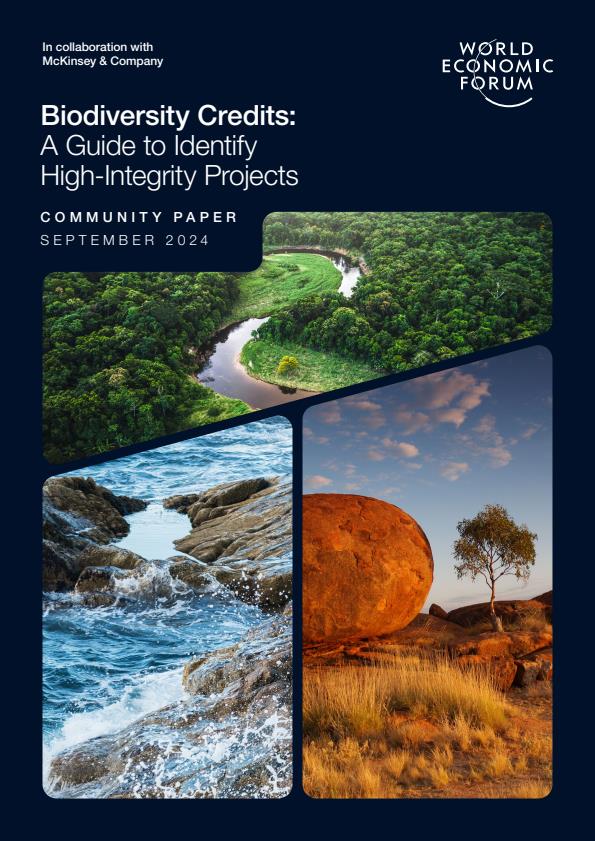Clear socioeconomic criteria and guardrails are necessary for biodiversity credit buyers to assess projects and mitigate market risks.
High-integrity biodiversity credits can mitigate nature-related risks, direct funding toward crucial ecosystems, and generate benefits for Indigenous peoples and local communities (IPs and LCs). Ensuring high standards of environmental and socioeconomic integrity in biodiversity credit projects is critical to preventing adverse impacts on the environment and harm to IPs and LCs. It is critical that high-integrity biodiversity credits deliver real, lasting benefits for nature and people.
Clear criteria are therefore essential to assessing projects and project developers and to ensuring that investments in biodiversity credits are both effective and beneficial. This is particularly important in the biodiversity market, where projects vary widely in attributes—such as type (for example, conservation, restoration, or sustainable management) and ecosystem or biome (for example, forests, coral reefs, or savannas)—and where multiple context-specific methodologies exist.
In December 2022, the World Economic Forum released high-level governance and integrity principles to promote social inclusion and environmental benefits in emerging biodiversity credit markets. This guide builds on that earlier publication, including ten guardrails: rights of IPs and LCs; benefit-sharing arrangements with IPs and LCs; legal rights; transparency requirements; independent validation and verification; monitoring, reporting, and verification (MRV); third-party issuance; additionality; durability (permanence); and leakage.
Based on these guardrails, this guide aims to support biodiversity credit buyers in identifying high-integrity projects and mitigating market risks, thereby ensuring that biodiversity credits realize their potential benefits. This guide is intended to complement, not replace, existing due diligence processes for buyers, which remain essential. Finally, this guide, built in collaboration with stakeholders from public and private sectors and civil society, will continue to evolve through ongoing consultations and with the emergence and adoption of new integrity standards.


